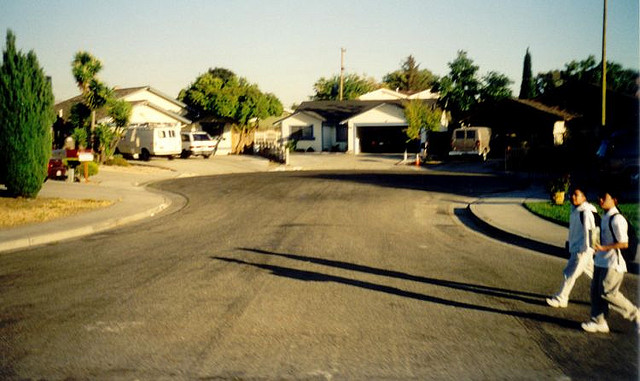
Chicago Public Media’s This American Life recently aired “The Problem We All Live With”—an extended episode with New York Times Magazine reporter Nikole Hannah-Jones on how racial segregation lives on into 21st century classrooms.
School segregation has been on the rise since the 1980s, leading, in part, to a wide achievement gap between Black and White students. Policymakers often focus on the moral achievement of Brown v. Board of Education, but racial separation persists.
- Gary Orfield, Susan E. Eaton, and The Harvard Project on School Desegregation. 1996. Dismantling Desegregation: The Quiet Reversal of Brown v. Board of Education. New York: New Press.
Minority students are much more likely to drop out of school, to be tracked into “low-ability” groups or vocational programs, and to face other barriers to achieving higher education. Ability matters for achievement, but so does the social structure of schools.
- Grace Kao and Jennifer S. Thompson. 2003. “Racial and Ethnic Stratification in Education Achievement and Attainment.” Annual Review of Sociology. 29:417-442
We usually think school segregation really happens at the neighborhood level, but neighborhood segregation has declined since 1990. Instead, we see increasing macro-segregation—patterns where minority groups are concentrated in certain urban and suburban areas. Therefore, entire schools or districts are more likely to see homogenous groups of students.
- Daniel T. Lichter, Domenico Parisi, and Michael C. Taquino. 2015. “Toward a New Macro-Segregation? Decomposing Segregation within and between Metropolitan Cities and Suburbs.” American Sociological Review 80(4):843–73.
For more on inequality in schools, check out the TSP White Paper “Students Squeezed by an Hourglass Economy” by Robert Crosnoe.

Comments 1
Letta Page — September 2, 2015
Be sure to check out Robert L. Reece's quick-hit interview on how the legacy of slavery affects public school segregation on our Community Page Education & Society: http://thesocietypages.org/edsociety/2015/07/02/slaverys-legacy-persistent-segregation-in-southern-schools/